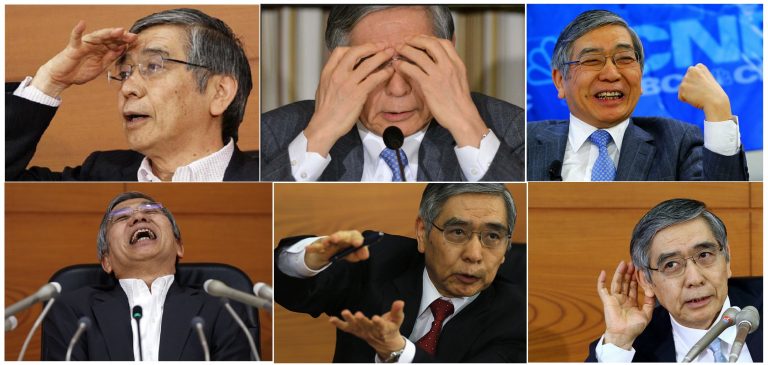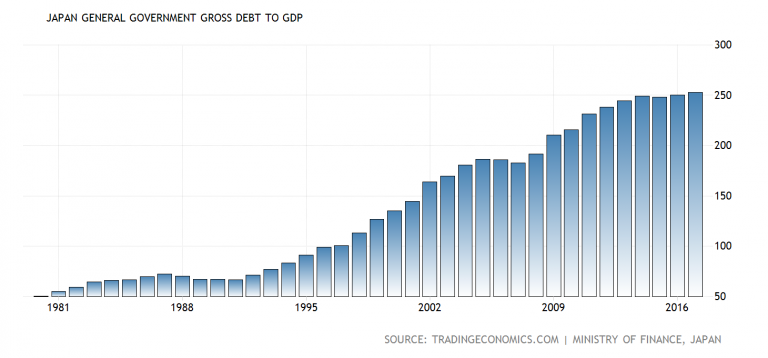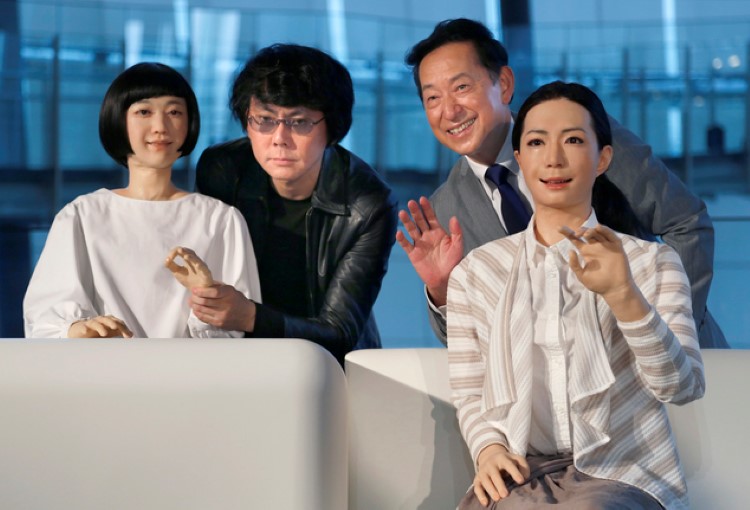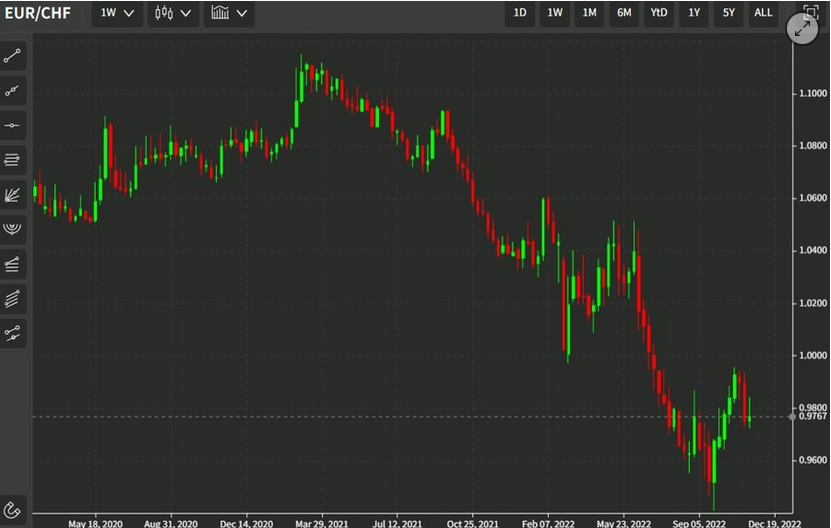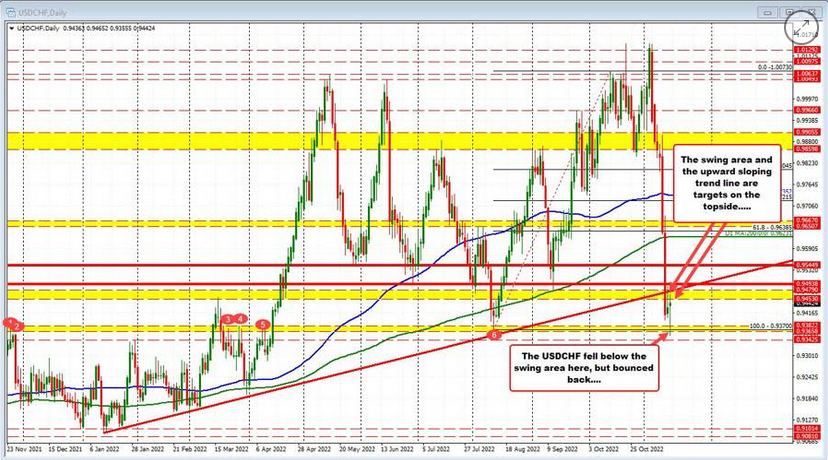Good IntentionsOne of the unspoken delights in life is the rich satisfaction that comes with bearing witness to the spectacular failure of an offensive and unjust system. This week served up a lavish plate of delicious appetizers with both a style and refinement that’s ordinarily reserved for a competitive speed eating contest. What a remarkable time to be alive. |
|
| Many thrilling stories of doom and gloom were published across the tops of the finest digital news sites. The main object of our satisfaction, however, was buried further down the pages, well below the latest Trump tweets and relentless reports on the global war buildup. Nonetheless, our focus is not without merit.
Today’s foil is played by Bank of Japan (BoJ) Governor, Haruhiko Kuroda. If you’re ignorant of Mr. Kuroda, we apologize. What follows shall forever end your bliss. You see, Kuroda and his cohorts at the BoJ have been surfing the razor’s edge, executing policies of mass money debasement, for several decades. In fact, their forward thinking ways – and good intentions – have become a source of national pride. There’s not a deranged monetary policy idea the Japanese brain trust hasn’t pioneered in the name of saving the nation from itself. Negative interest rates. Direct purchases of Japanese stocks via exchange traded funds (ETFs). Government sponsored shopping sprees. They’ve tried it all. And they’ve tried a lot of it. All to suspend the deflationary effects that followed the bursting of a cheap credit induced asset bubble that popped nearly 30 years ago. |
He is still doing what they have been doing for the past three decades, only more of it… |
Brutal TrifectaKuroda, and those who came before him, have gone about their business with steady hands, blind eyes, and a zealous belief that they could increase wealth by increasing the supply of money. Indeed, our hats are off to them; their track record is unblemished. They have achieved a 100 percent success rate of failure. By all accounts, the Japanese economy’s stagnated over the last quarter century. At the same time, government debt has jumped up and off the chart. The last we checked, Japan’s government debt had exceeded 250 percent of the country’s gross domestic product (GDP). This, no doubt, is an amazing achievement. It more than doubles, on a percent basis, the U.S. government debt to GDP ratio of roughly 105 percent. Moreover, it pushes the limits of honest comprehension into dishonest comprehension. There’s no other way to understand it. By this, consider that the way Japan’s government debt has eclipsed 250 percent of GDP is through massive central bank asset purchases. Specifically, the BoJ owns 41 percent of the Japanese government bond market. They buy government bonds with money they, in effect, create from thin air. Yet Japan also has another preeminent distinction. The country is pioneering precisely what happens to an economy that has an aging population, burdensome debt obligations, and stagnating growth. Taken together, these factors compose a brutal trifecta. |
Japan General Government Gross Debt to GDP, 1981 - 2018The government currently owes 41% thereof to “itself” via the BoJ. This massive surge in debt has essentially achieved nothing, apart from funding the construction of numerous bridges to nowhere and generating this amazing chart for us to marvel at. |
Rise of the Japanese AndroidsJapan’s aging demographic trend generally precedes the European Union by about 5 years and the United States by roughly 9 years. Japan’s government debt trend precedes the European Union and the United States by about 10 years, give or take. How will Japan pay its massive debt bills when its population is projected to fall by about one-third by 2065? Obviously, something’s got to give. Once it has become impossible for a government to service its debt one of two things can happen. The government can humbly default on its debt. Or the government can attempt to inflate it away. Can you guess what the government of Japan, and most western economies including the U.S.A., will do? If you guessed the latter, you get a gold star for your answer. So it was with this context that we happened across several clarifications from Kuroda on how Japan would one day have to consider normalizing its ultra-stimulative monetary policy. Here are several of Kuroda’s notable utterances, which were delivered in his inaugural news conference after being reappointed for another five-year term as head BoJ banker:
Question: When does the abnormal become normal? Surely, after nearly 30 years of abnormal monetary policy, the abnormal is now the normal – right? We suspect the BoJ will never, ever remove its finger prints from the country’s money and credit markets. They’ll keep pushing and pushing until no market is left at all. By then the Japanese android population – which is well on the rise – will far outnumber the human population. |
Two Japanese androids and their makers are saying hello. These artificial life-forms may well be the solution to population growth going sharply negative, but it is a bit eerie. |
Without question, this is where an abnormal money system takes you. It takes you straight to an abnormal world.
Chart by tradingeconomics
Chart and image captions by PT
Full story here Are you the author? Previous post See more for Next postTags: central-banks,negative interest rate,newslettersent










